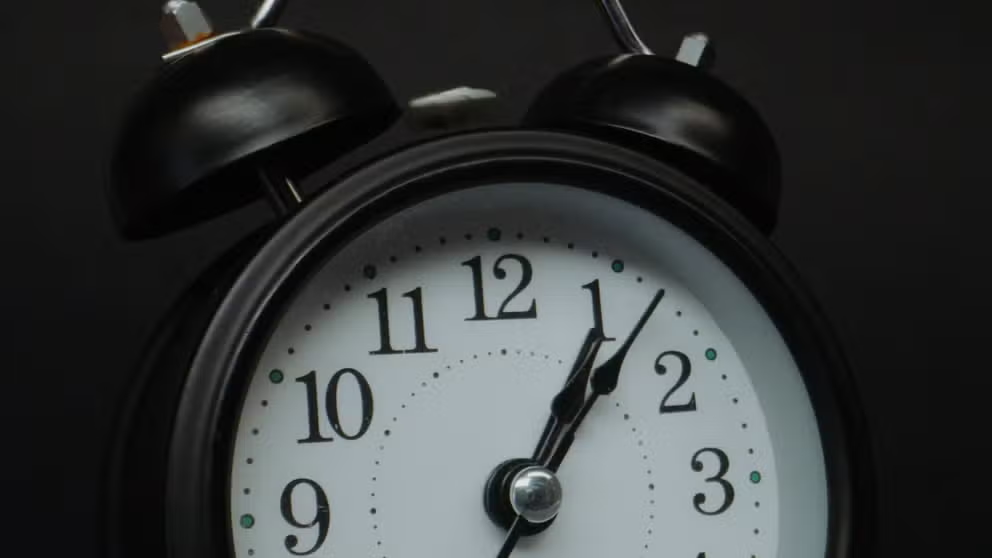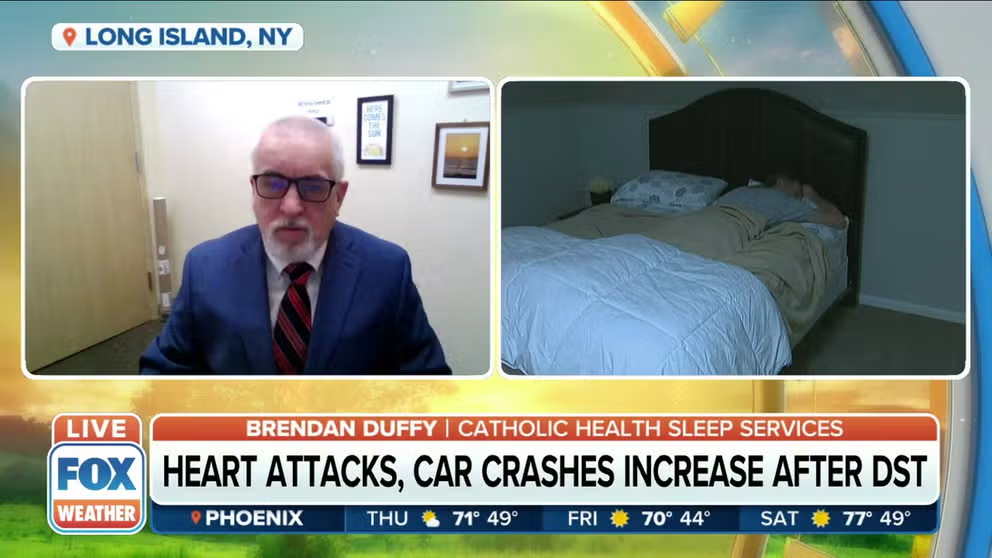Growing movement to make daylight saving time permanent
63% of Americans in a poll agreed with making changes to the U.S. time system and a shift to permanent daylight saving time
Explained: What is daylight saving time and why we turn our clocks back
Daylight saving time, or DST, allows for an extra hour of light in the evening during the warmer months.
WASHINGTON, D.C. -- An idea that originated in the 18th century and was adopted more than a hundred years later in an effort to conserve energy could be on its last legs if the majority of Americans have their way.
On the first Sunday in November, time in most of the U.S. will fall back an hour, to begin standard time, a tradition regulated by the Uniform Time Act of 1966.
Under federal law, standard time begins in November and will end on the second Sunday in March with the beginning of daylight saving time.
Within the last few years, several states have either passed legislation or resolutions calling on the federal government to lift the limitations on required time changes.
Health risks and benefits of Daylight Saving Time
Brendan Duffy, Director at Catholic Health Sleep Services, explains the health risks and benefits of Daylight Saving Time.
Some Congress members have taken notice and the National Conference of State Legislatures is monitoring several bipartisan bills that would do away with the time change.
HOW TO WATCH FOX WEATHER ON TV
Earlier this year, a bill named the Sunshine Protection Act passed through the U.S. Senate but stalled in the House of Representatives. The bill would make daylight saving time permanent and end the changing of clocks.
If the bill is not passed through the U.S. House by the time of the start of the new congress, the measure will expire and any process to pass the law will need to start over
The 19 states that have called on action on the time regulations are not alone, a poll conducted by YouGov for The Economist found around 63 percent of Americans agree that a change is needed.
Fights for federal bills that would change regulations have regularly seen little action in congress, and it is a fight that some states have advocated for, for decades.
"It seems to me the biggest stumbling block might be the potential for the splintering the time in different time zones again," a NCSL spokesperson said.
Before 1966, there were few standards for DST, and states were on their own for its implementation.
THE LATEST SUNRISES OF THE YEAR ARE NOT ON THE WINTER SOLSTICE
Experts say without the congressional passage of a bill and signing by the president, the current method of switching from standard time to DST, and vice versa, will be sticking around for a while.
"If it gets to be over half the states, that’s something to pay attention to," the NCSL said.

